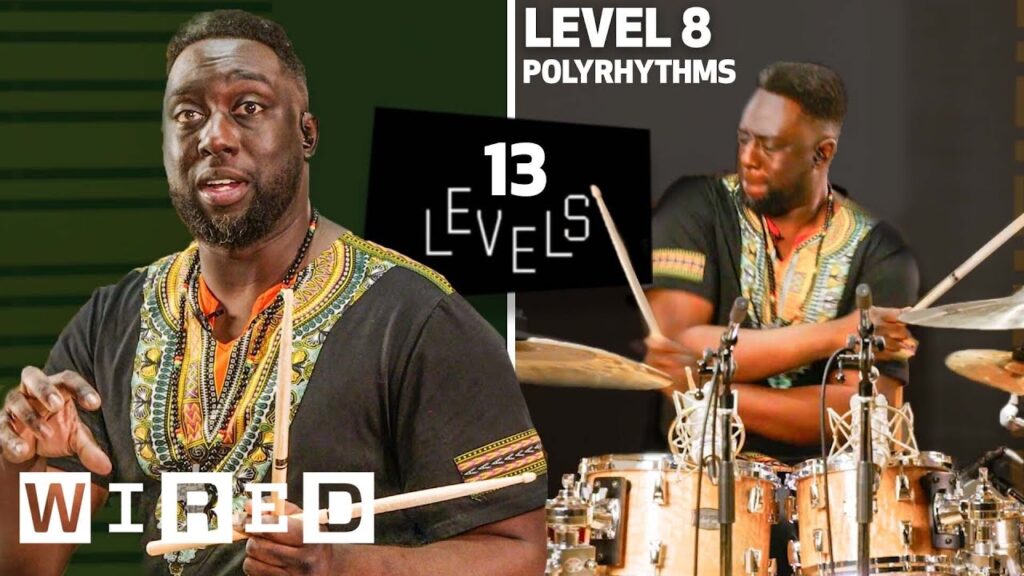The Science of Love: Understanding the Biology Behind Our Romantic Relationships
Summary
Dr. Helen Fisher, a biological anthropologist who studies love, explains the brain systems behind falling in love, how online dating affects romance, and the differences between love and lust. She also provides insights on the evolutionary basis for various brain systems related to mating and reproduction.
Table of Contents
- Love and the Brain: The Science Behind Falling in Love
- Lust, Love, and Evolution: Understanding the Basis for Our Romantic Relationships
- Online Dating and Love: Debunking the Myth that Technology Kills Romance
- Playing Together: Why Shared Activities Boost Our Romantic Relationships
Introduction
Many of us have experienced the feeling of falling head-over-heels in love with someone, and wondered why we feel this uncontrollable attraction. In this article, we will explore the underlying biological mechanisms that drive our romantic relationships. We will delve into the work of Dr. Helen Fisher, a renowned biological anthropologist who has dedicated her career to studying love and relationships. Using her research, we will gain an understanding of the brain systems that underlie falling in love, and why love and lust can sometimes have opposite effects on our feelings towards someone.
Love and the Brain: The Science Behind Falling in Love
Dr. Fisher’s research has found that falling in love is triggered by a specific brain system that is activated instantly when we meet someone we are attracted to. This system is separate from the fear or anger systems in our brains, but works in a similar way. When we see someone who we perceive as fitting within our “love map” – an unconscious and conscious list of what we are looking for in a partner – the circuitry in our brain associated with romantic love is triggered.
So, can love really happen at first sight? According to Dr. Fisher, it’s possible. We each have an innate idea of what our perfect partner looks like, based on our life experiences and the traits we have observed in others. When we meet someone who meets that ideal, our romantic love system is activated and we feel an overwhelming attraction towards them.
But what about cheating and infidelity in relationships? Dr. Fisher explains that sex drive and romantic love are two different brain systems. It is possible to be in love with someone and also sleep with other people. While romantic love is associated with the release of dopamine in the ventral tachymental area of the brain, sex drive is linked to testosterone levels. It’s possible for someone to have high levels of both dopamine and testosterone, and therefore have a strong desire for both romance and sexual encounters.
Lust, Love, and Evolution: Understanding the Basis for Our Romantic Relationships
It’s common for attraction to wane after the initial rush of falling in love. This is because lust and romantic love are regulated by different brain systems, each with their own evolutionary purpose. Lust is associated with the drive to reproduce, while romantic love is a means to bond with a partner and form a successful long-term relationship. These two systems can work together, but can also compete with each other. For example, increased levels of testosterone can lead to more sexual desire, but can also interfere with the oxytocin-related brain systems that promote bonding and attachment.
Dr. Fisher has also devised a questionnaire to determine an individual’s dominant traits in the four basic brain systems associated with attraction: dopamine, serotonin, testosterone, and estrogen. She suggests that people with high levels of dopamine are risk-takers who are drawn to novelty and excitement, while those with high serotonin levels are more cautious and reserved. Similarly, people with high testosterone levels are dominant and assertive, while those with high estrogen levels are nurturing and supportive.
Online Dating and Love: Debunking the Myth that Technology Kills Romance
With the rise of online dating, there has been some concern that technology is killing romance. However, Dr. Fisher’s research has found that couples who meet online have a lower divorce rate than those who meet in more traditional ways. This may be because online dating allows people to be more specific about their preferences and find partners who are more compatible with them.
It’s important to remember that online dating doesn’t change the basic brain system associated with romantic attraction. This system evolved millions of years ago and is deeply ingrained in our biology. While the way we meet potential partners may have changed, the fundamental process of falling in love remains the same.
Playing Together: Why Shared Activities Boost Our Romantic Relationships
Finally, Dr. Fisher explains the importance of participating in shared activities with our partners. Playing together can increase feelings of love and intimacy, and provide opportunities for us to bond and connect emotionally. When we engage in activities that make us feel good, our brains release oxytocin – the hormone associated with bonding and trust – which can enhance our relationships.
Conclusion
Love may seem like a mystical and unexplainable phenomenon, but at its core, it is driven by specific brain systems that have evolved to help us find and keep long-term partners. Dr. Fisher’s research provides valuable insight into the biology behind our romantic relationships, and can help us understand why we feel the way we do about the people we love. By understanding these underlying mechanisms, we can better navigate the complexities of our relationships and build stronger, more fulfilling connections with our partners.







